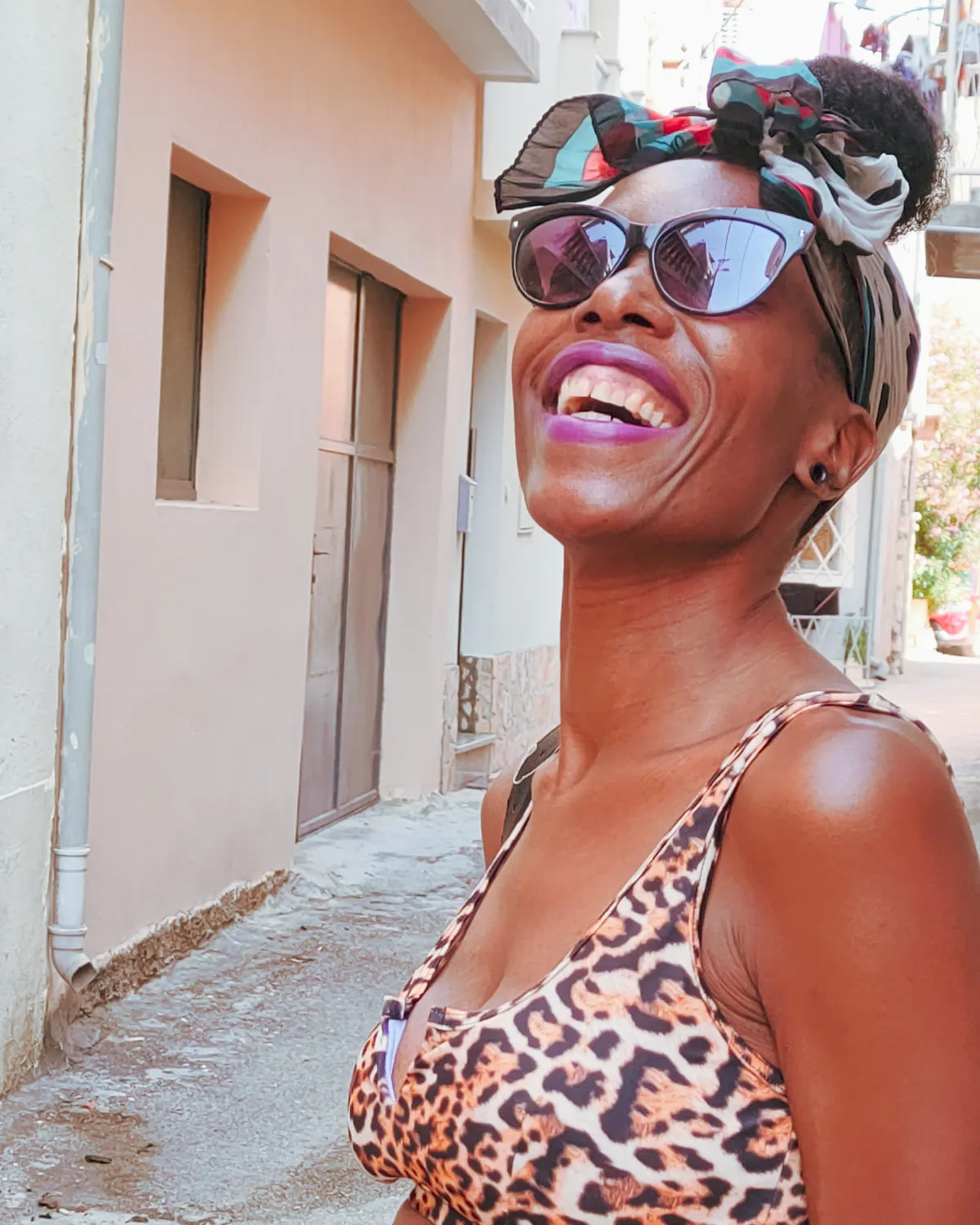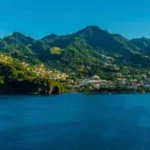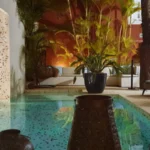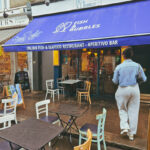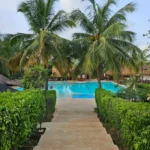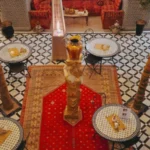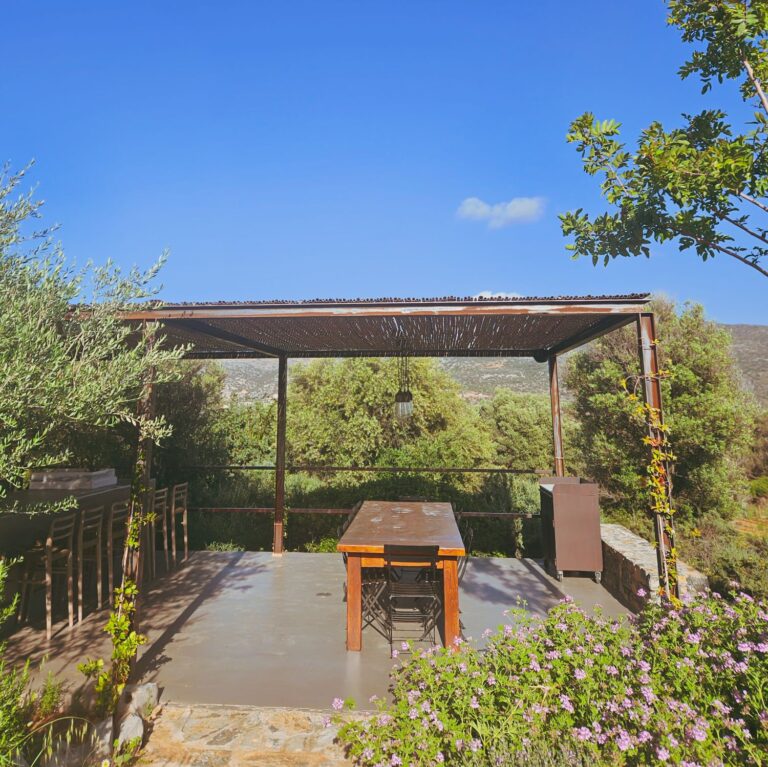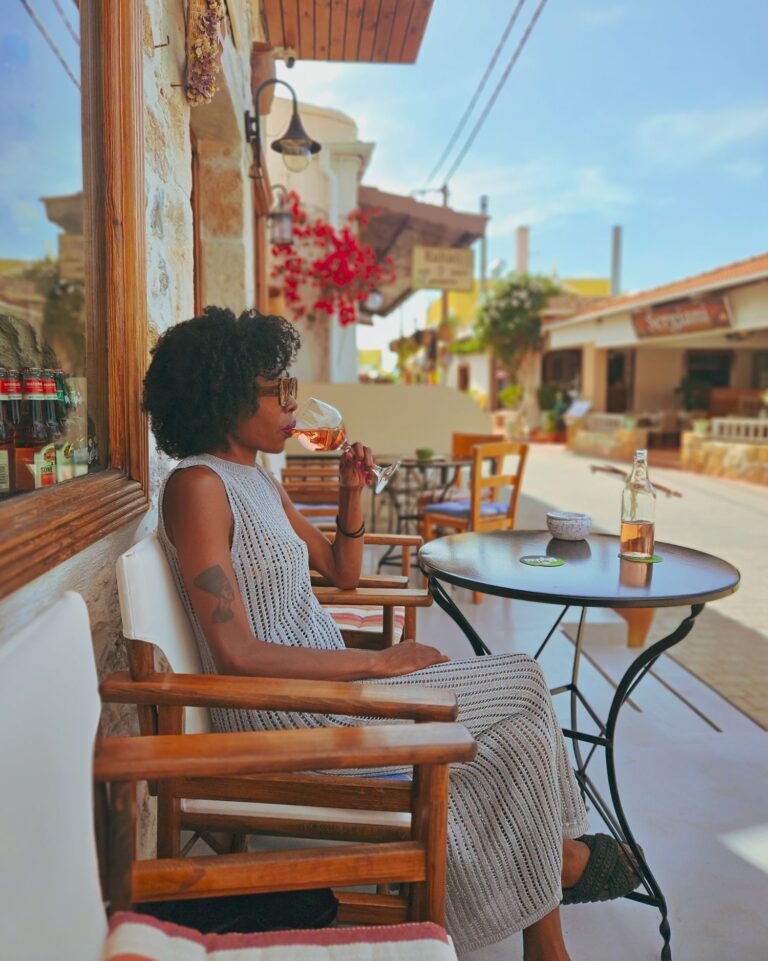I wasn’t sure about this trip, to be honest. It only happened last minute because my Cuba trip got cancelled (thanks, Virgin 🙄).
Sal is what’s known as a “fly and flop” holiday. It’s a beach break that doesn’t have many tourist attractions, but it does have a slew of tourists that frequent large holiday prison camps, also known as all-inclusive resorts.
Particularly at this time of year (December), the island is inundated with Europeans seeking winter sun. Cape Verde is considered, by many, as an alternative to the Caribbean and offers the same stunning powdery white sand beaches but for cheaper, with shorter flight time (six hours from the UK) and no jet lag as there’s only an hour’s time difference.
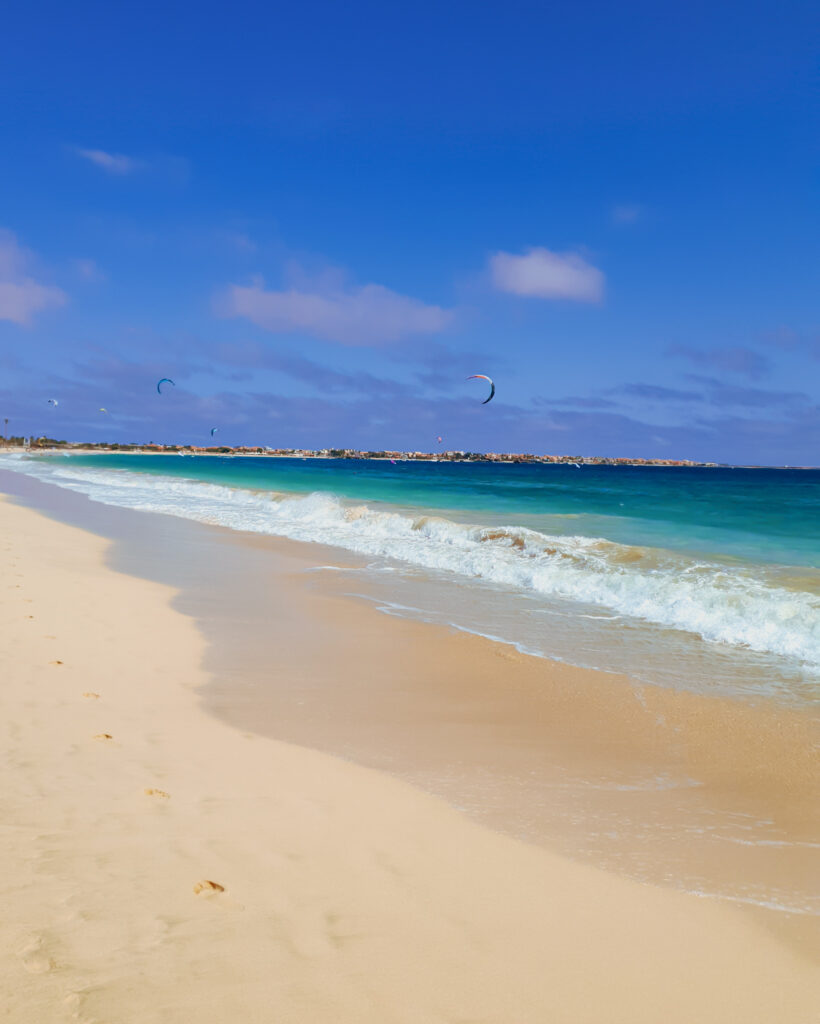

Cape Verde is in Africa, but what I had seen of Sal before visiting was mostly people on a resort which could have been anywhere. Some complained that there wasn’t anything there and little to do. Additionally, I found it hard to connect with as being in Africa, with it coming across as a hive of commercial superficiality with no sense of community or culture.
Generally speaking, though, much about Cape Verde is pretty much unknown. Some islands are relatively new to the travel circuit, and though quickly making a name for themselves, it’s still a getaway that’s slightly off-the-beaten-track. Many of those I told I was going to Cape Verde knew little or nothing about it, as did I. So, here’s some background.
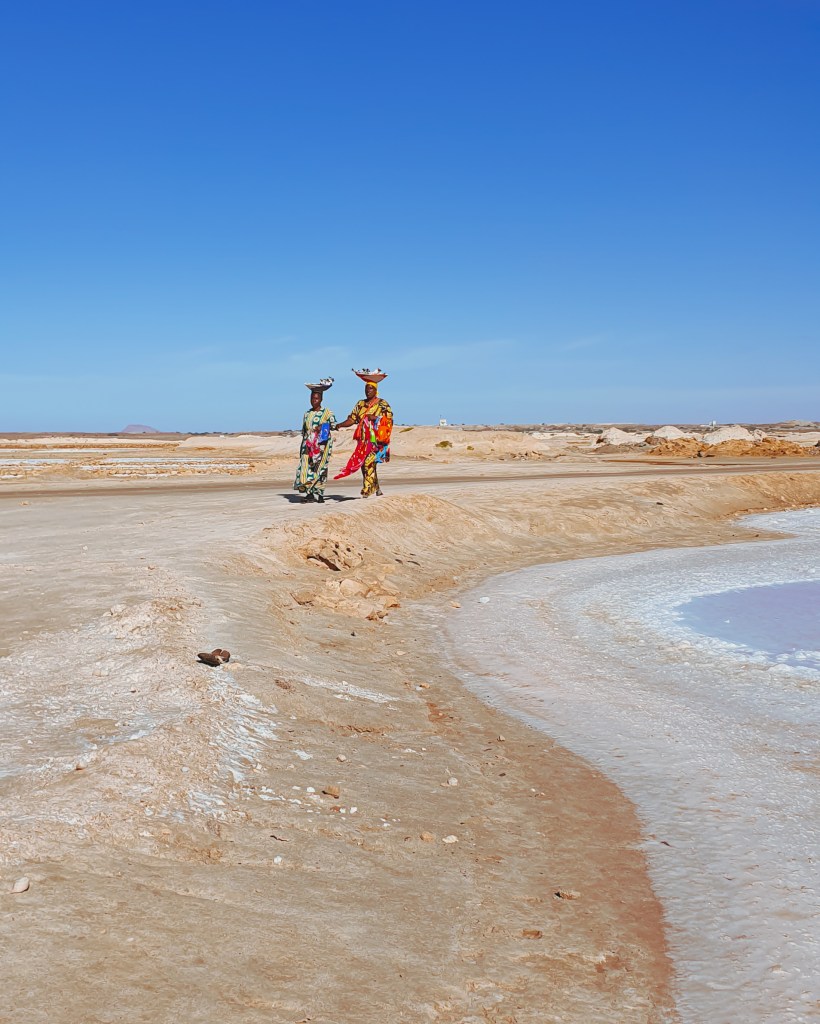
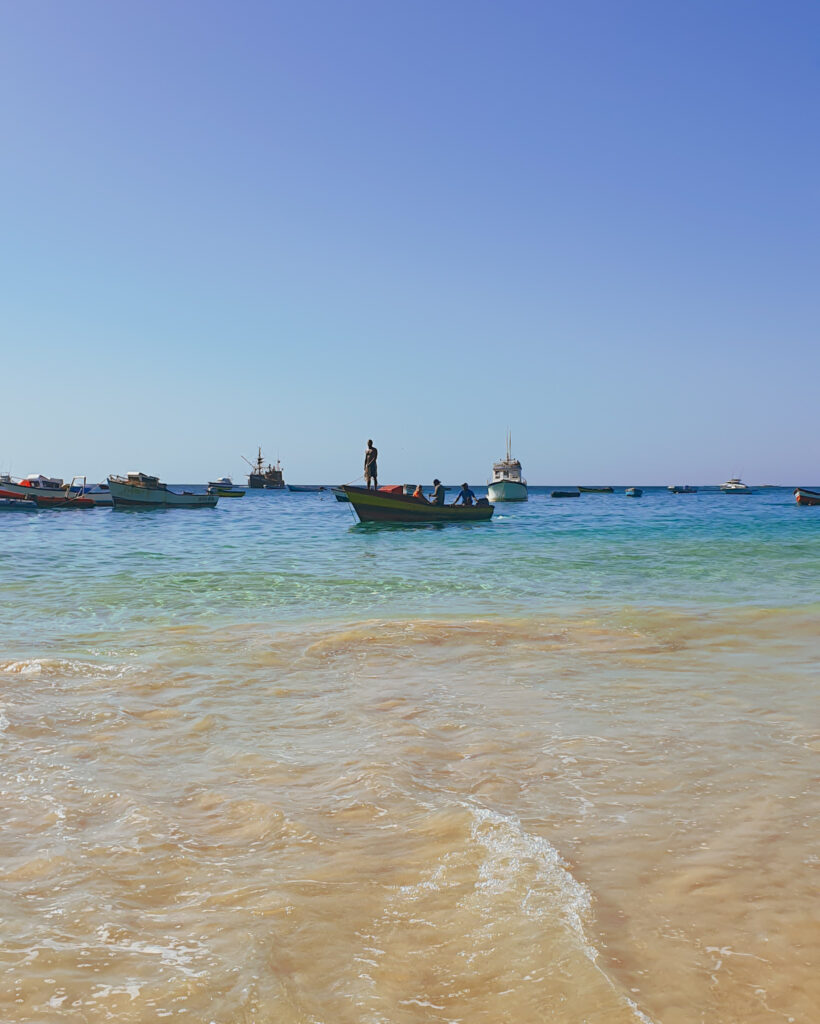
Where is Cape Verde?
Cape Verde’s location is off the coast of mainland Africa, west of Guinea-Bissau and 350 miles west of Senegal. The country is an African archipelago consisting of 10 small volcanic islands clustered together in the Atlantic ocean.
Santiago, the capital of Cape Verde, is the largest island of the group. It is rich in history and functions as the main hub for inter-island transport across the country.
Santo Antão is where you will find authentic Cape Verdean living and traditions, and São Vicente is known as the carnival/party island. Boa Vista and Sal are the most popular islands among tourists and run off of that entirely.
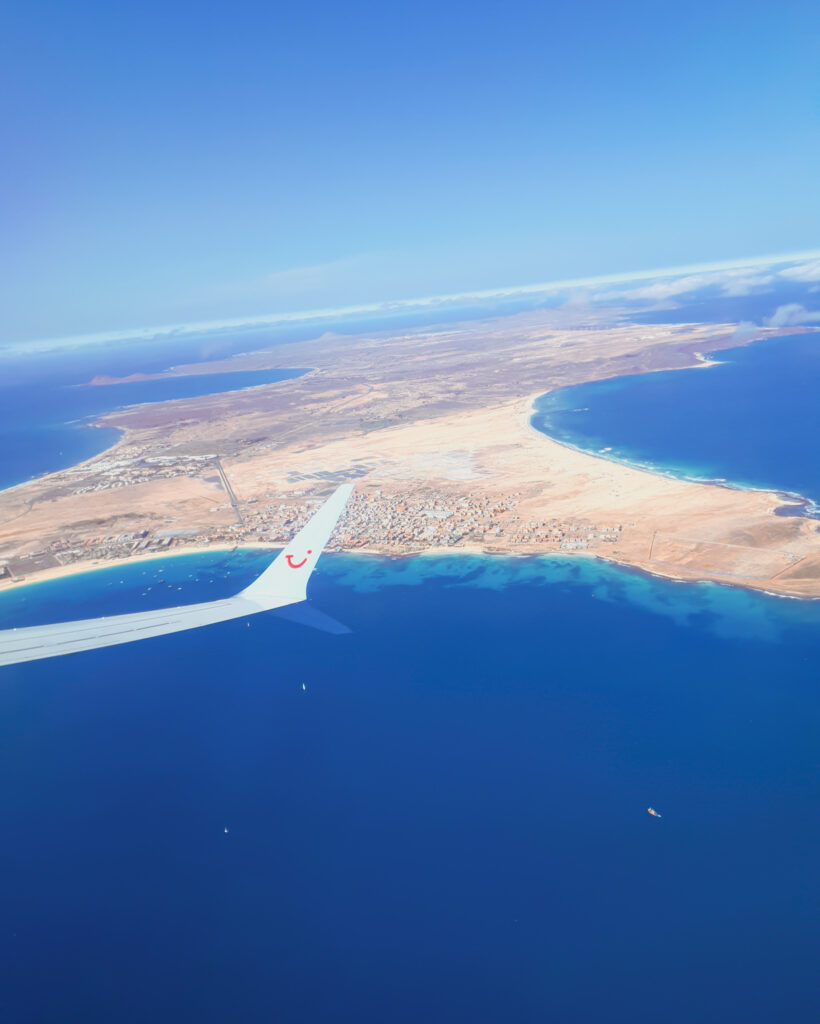

The backstory
Though written reports claim that the Cape Verde islands were uninhabited (eye roll), early habitation in Cape Verde by Africans has been related through oral history. Subsequently, Portuguese explorers are believed to have arrived and settled in Santiago in 1462.
Cape Verde was the first European colony in the tropics and could be considered the starting point of Portugal’s colonial Empire. Cape Verde, specifically Santiago, was initially used as a base to give mariners direct access to West Africa.
The Portuguese brought enslaved Africans to Cape Verde from mainland West Africa, using it as a stop-over for enslaved Africans being transported across the Atlantic to the Portuguese colony of Brazil and supplying ships going to other Portuguese territories in India.
Cape Verde was part of Portuguese Guinea (now Guinea-Bissau), and in 1951 the status of the islands changed from colony to overseas province and officially declared independent in 1975. Attempts to create a unified state with Guinea-Bissau were abandoned in the 1980s.
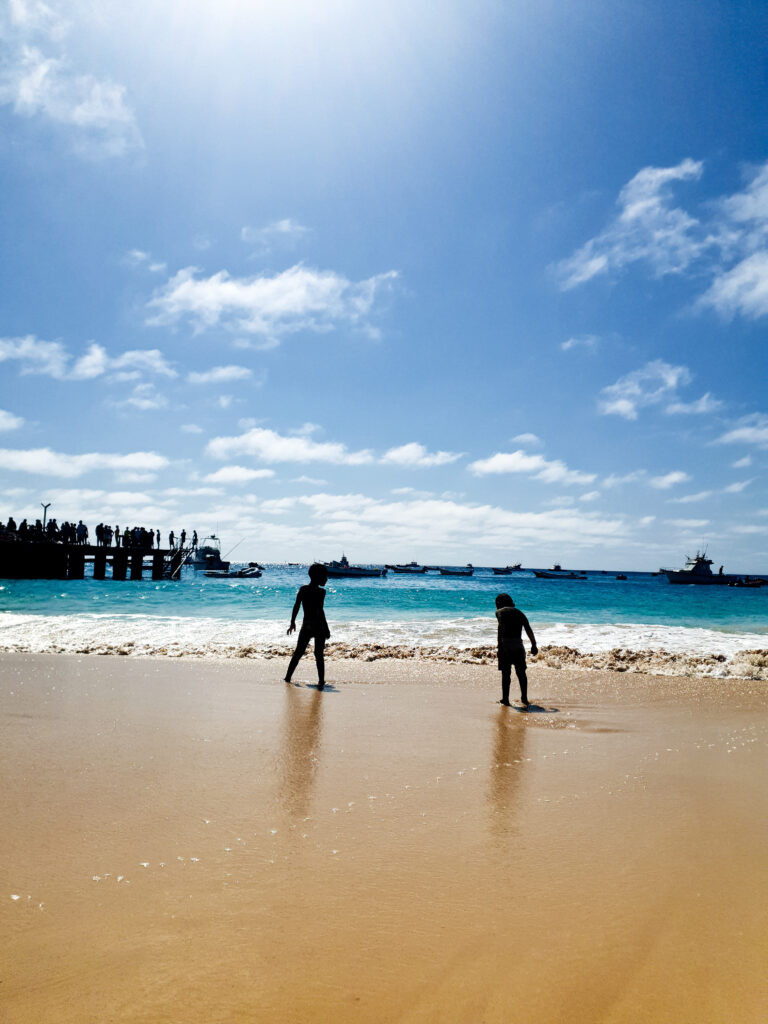
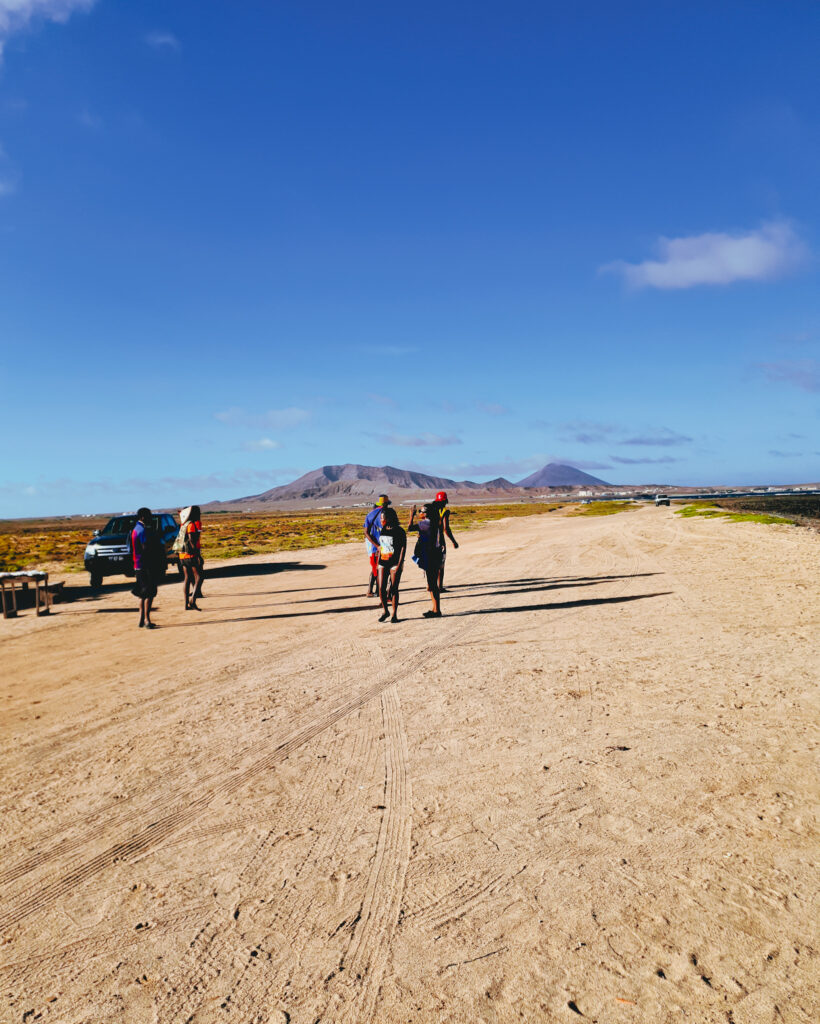
Language, culture & currency
The official language of Cape Verde is Portuguese, and this is used in most written communication, including newspapers. However, it is Creole that you’ll hear used in conversation on a day-to-day basis. Creole is based on African languages with additions from several European languages and was brought over from Guinea-Bissau, where many locals are from.
The island’s population is approximately 40,000. Most Cape Verdeans have both African and Portuguese ancestors, and the islands display a mixture of African and Portuguese cultures.
The country’s currency is Cape Verdean Escudo which ties to the Euro. You can use either in most places and advisable to take some euros with you.
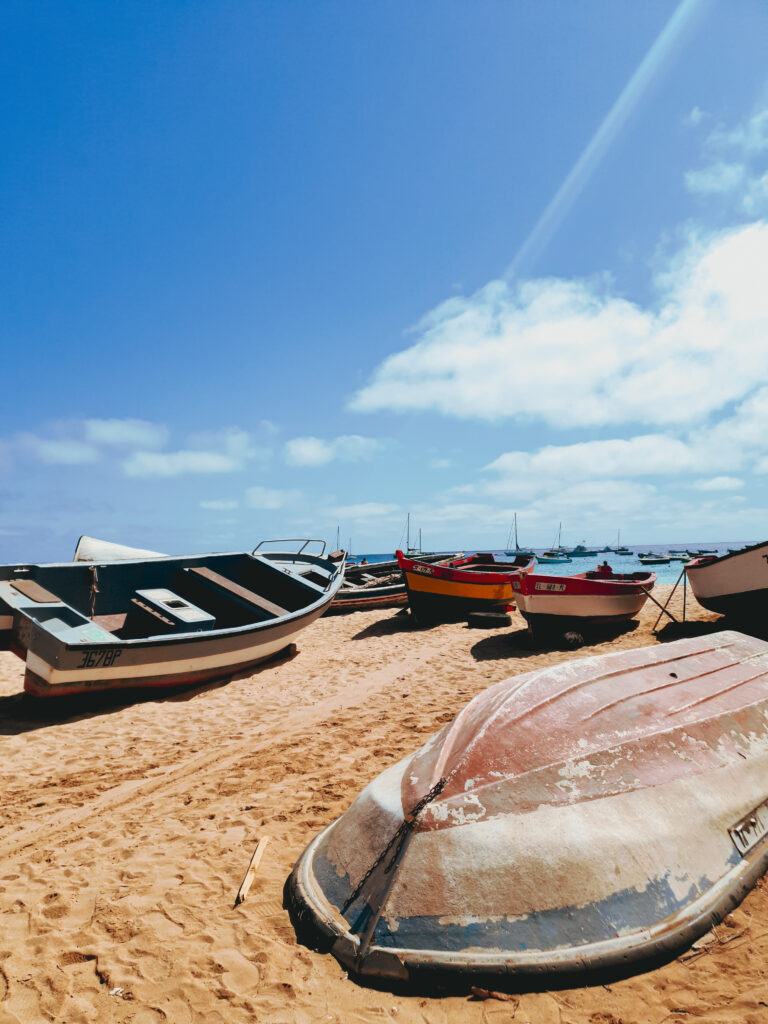
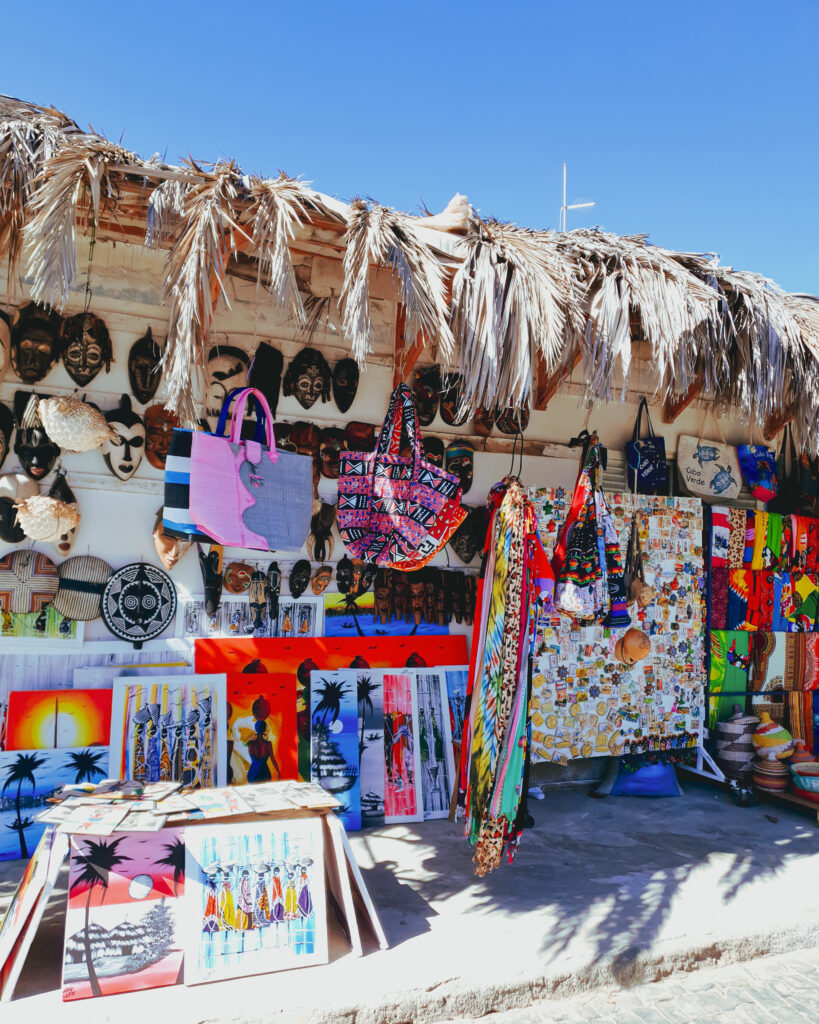
A bit about Sal?
Cape Verde, as a whole, offers a diversity of landscape, colour, climate, and tradition, but when first landing in Sal, my initial thought was that it looked barren. That said, there’s no doubt that the island’s main offering is its numerous white sand beaches, greenish-blue waters and tropical climate, making it suitable for beach holidays year-round.
As a result, the island of Sal is most popular among tourists. Out of the Cape Verdeans, I spoke to many hailed from other islands, such as Santo Antão and São Vicente but now live in Sal, working in the tourist industry. There are also numerous locals originally from Senegal and Guinea-Bissau.
Sal’s capital, Espargos, can be found in the centre of the island, but Sal is typically known as a resort holiday, and you’ll find the main resort area along the south of the island in Santa Maria. The beaches here are stunning and endless, but much dominated by package holiday megaresorts. If this is not your thing, I suggest picking a smaller establishment in the heart of Santa Maria to get an authentic feel for Sal. I highly recommend Hotel Odjo d’ agua, which also has a reputable restaurant, not to mention a standout infinity pool.
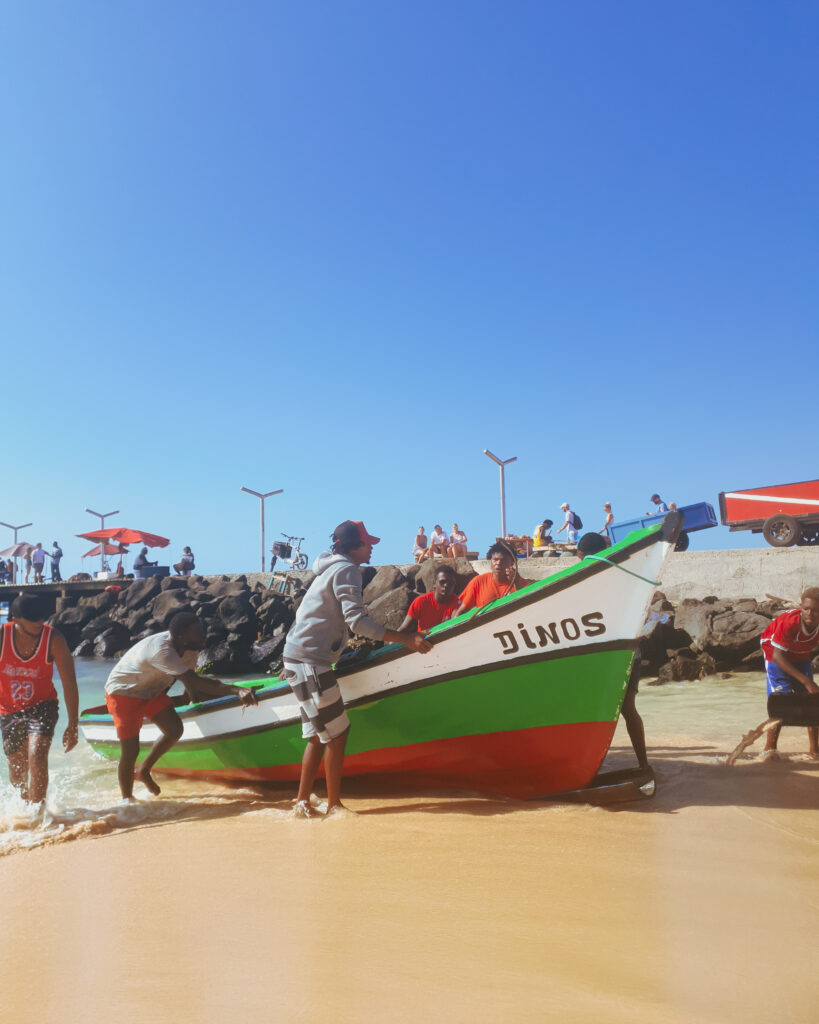

Things to do in Sal
Fishing is a popular pastime and way of life in Cape Verde, making seafood a staple in cuisine. To get an idea of real life in Sal, visit Santa Maria pier to watch the fishermen in action or even go fishing yourself.
People-watching at the pier, though a simple thing to do, is strangely satisfying. It’s a vibrant area with colourful fishing boats, locals making and selling handmade crafts, playing music and children jumping from the pier. Local life and sightseer coexist here, and you’ll see locals and tourists chilling on the beach in this area.
Sal has a Brazilian vibe about it by way of food, drink and music. It even has a Brazil bar on the beach, near the pier, where tourists and locals hang out, called “Ola Brazil Beach Bar”. They do excellent Caipirinhas at good prices and have live music in the evening.
There’s no disputing that the main thing to do is switch off and relax on the numerous impressive white sand beaches Sal offers. However, due to its volcanic nature, the beaches were originally black but are now predominantly white due to sand blowing over from the Sahara desert on mainland Africa.
Cape Verde is an ideal holiday location if you enjoy water sports – paddle boarding, jet skiing, fishing, scuba diving etc., are standard here. And as Sal is windswept, it provides fantastic conditions for surfing and kitesurfing – the island’s most popular water sports activities.
Aside from the above, there’s no shortage of tour companies offering full and half-day tours of the island. As tourist attractions are few, half-day tours generally include the following:
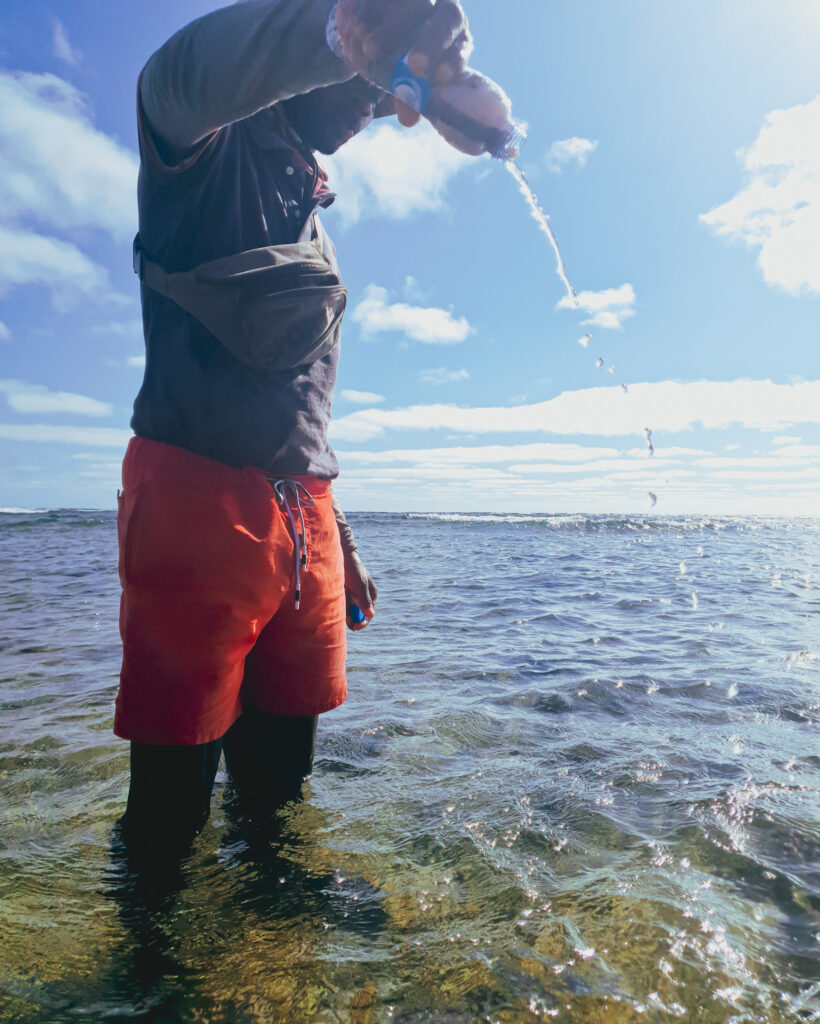
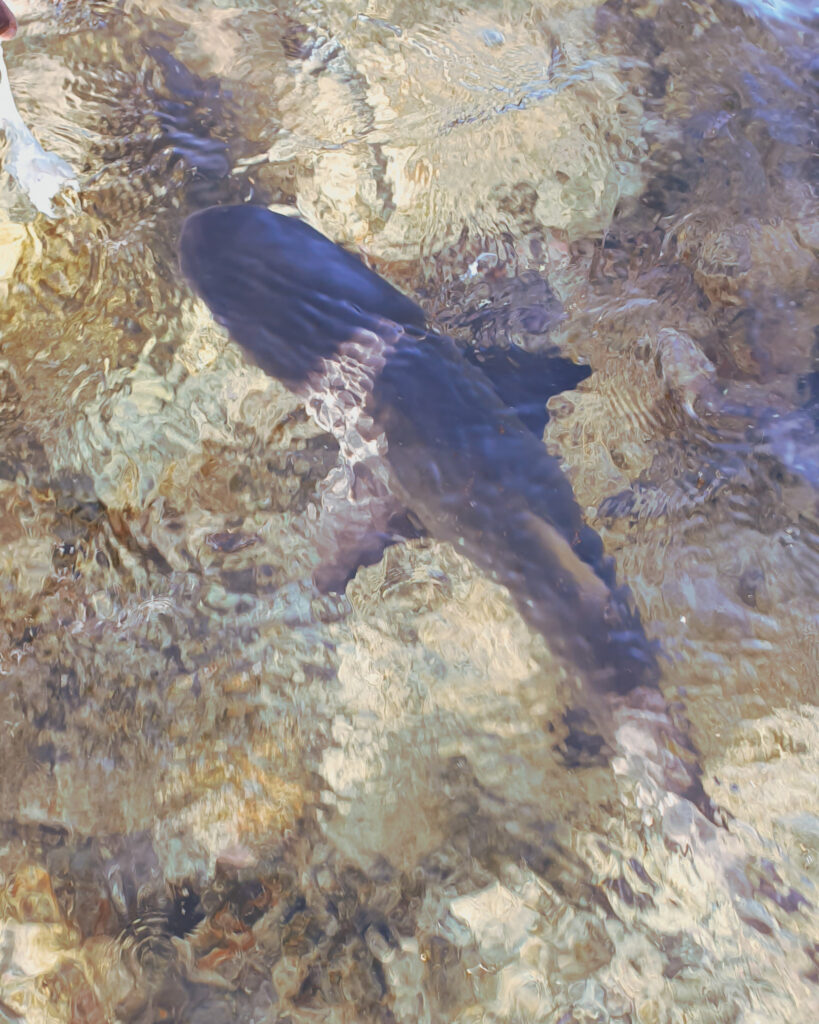
Shark Bay
Baby lemon sharks will swim around your feet at Shark Bay but do not touch them as their parents are watching, and you will catch a glimpse of their fins cutting through the water in the distance.
You’ll venture out in the waters with a marine biologist to interact and learn about the baby sharks, who congregate in the shallow, warmer water to find fish to eat.
For two euros you can rent some rubber shoes which you’ll need to make your way across the rocky beach.
Pedra de Lume
Fishing and salt were Sal’s primary sources of income before being replaced with tourism. Pedra de Lume (aka Salt Lake) is the site of a former salt mine in a moon-like crater of an extinct volcano. The salt pans are dated to 1833, when discovery of the mineral led to the island being renamed Sal.
A high concentration of salt in the water of the pans means it’s easy to float. It’s also an excellent natural scrub, leaving the skin feeling super-smooth.
Blue Eye Cave
Buracona, also known as the “Blue Eye”, is an underwater cave which turns a magic blue and turquoise when hit at the right angle by the sunlight. It’s a natural pool formed by the ocean into the lava rocks. You can swim in the natural lava pool next to the “blue eye”, but this is weather (and bravery) dependent.
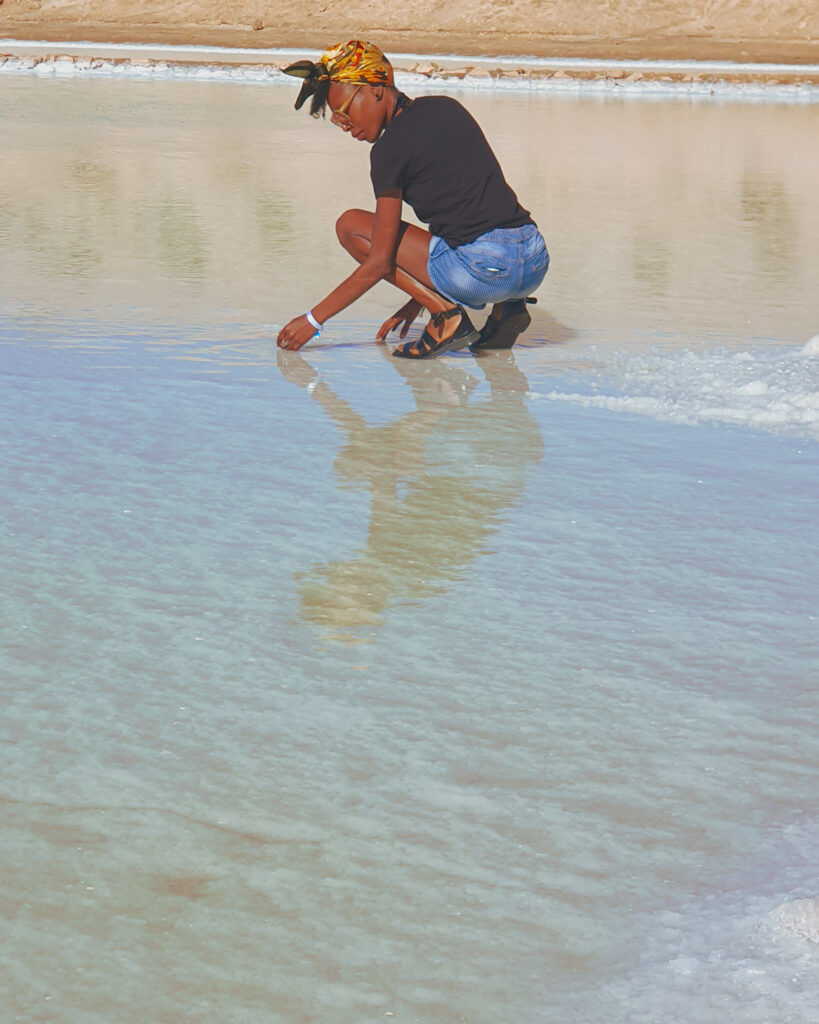
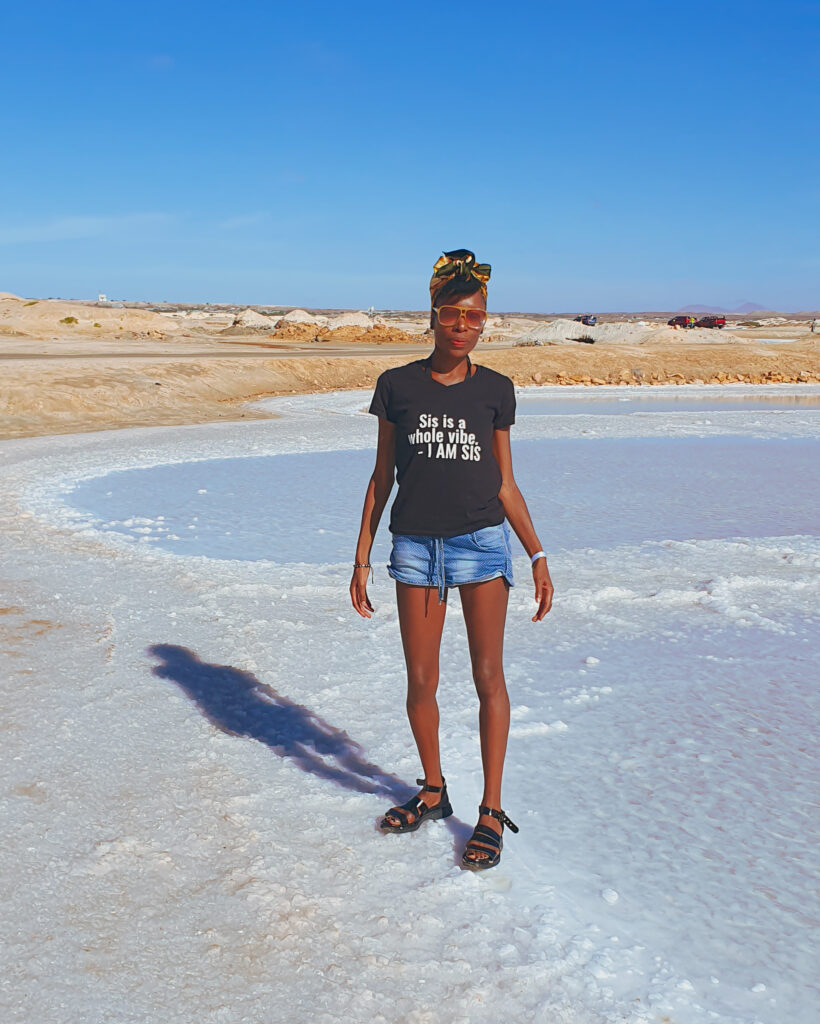
Full-day tours may also include visits to the salt ponds of Santa Maria, where you will witness “Cape Verdean snow”. A scenic stop at Murdeira, Kite Beach, where you’ll be entertained by kiteboarders, the fishing village of Palmeira and the Terra Boa mirage, which appears as a lake in the desert landscape.
I booked the same tour, which included Shark Bay, Salt Lake and Blue Eye through Get Your Guide and Union Tour and to be honest, I preferred the latter as it was a smaller tour in a 4×4 and offered more for my money.
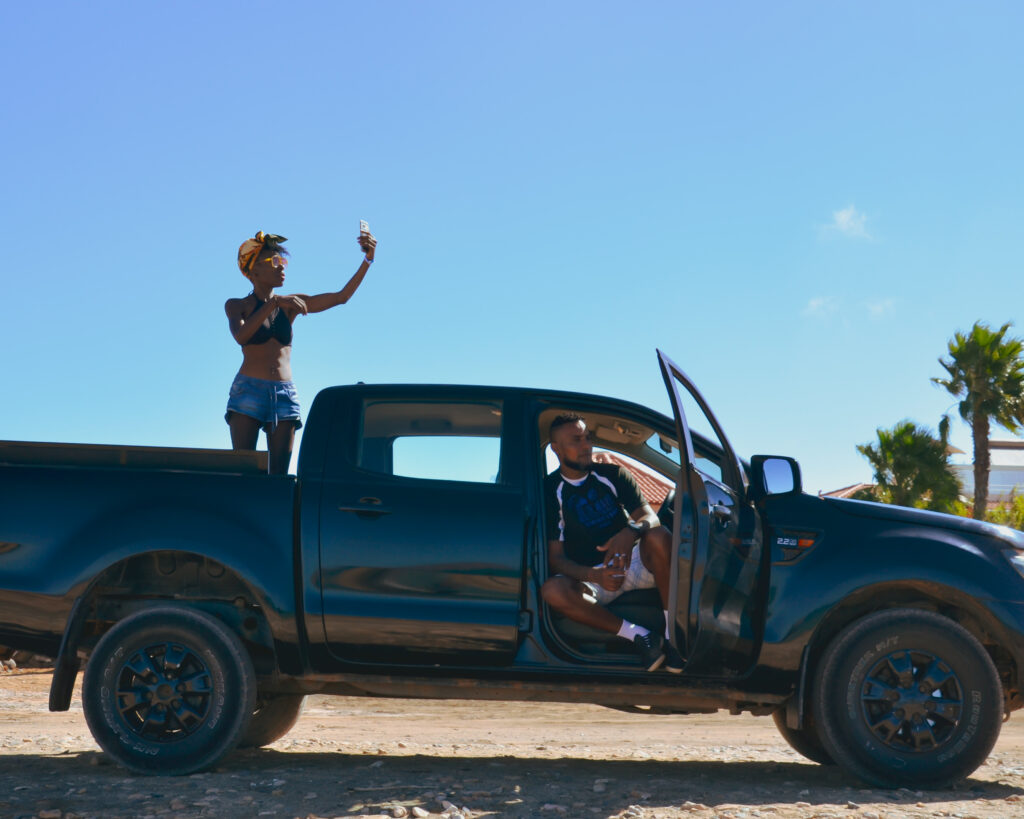
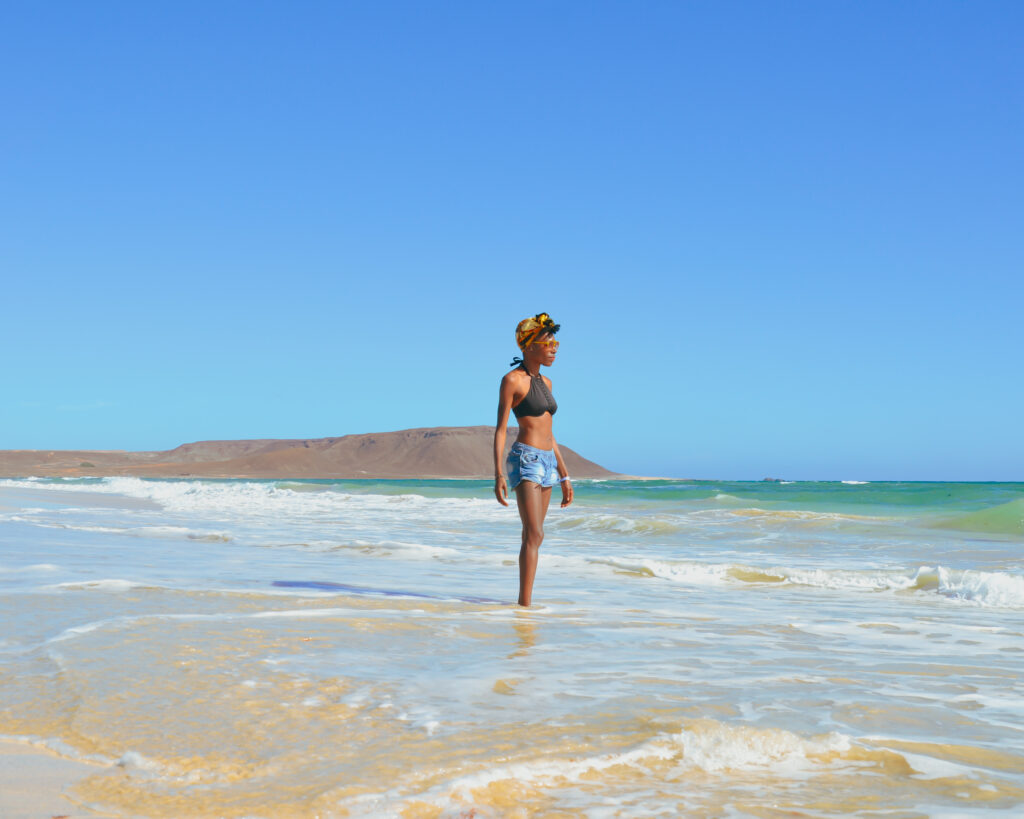
Food & drink
Restaurants on the main roads of Santa Maria are, for the most part, commercial and tourist-driven. Be sure to check out some local establishments on the off-roads. Though humble in appearance, the food is good, authentic, and provided in a real, local atmosphere with local prices. Fish, rice and legumes are popular foods.
Local restaurant recommendation:
Cham for delicious fried eel.
Restaurant recommendations:
Odjo d’água
A local restaurant round the corner from Odjo d’água has excellent local food and service. I don’t know the name.
Coconut Rooms
The local rum, Grogue, is Cape Verde’s national drink and the basis for a Cape Verdean cocktail – ponche. You’ll see rum shacks on the streets serving it from a hatch and selling snacks.
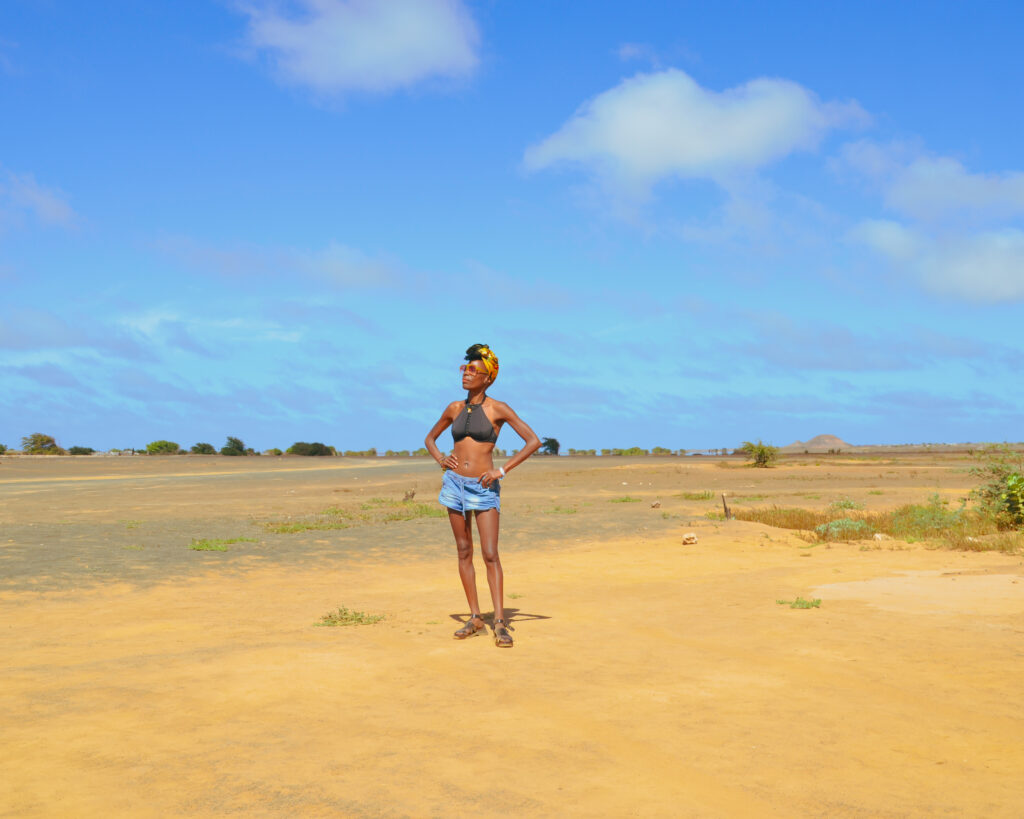
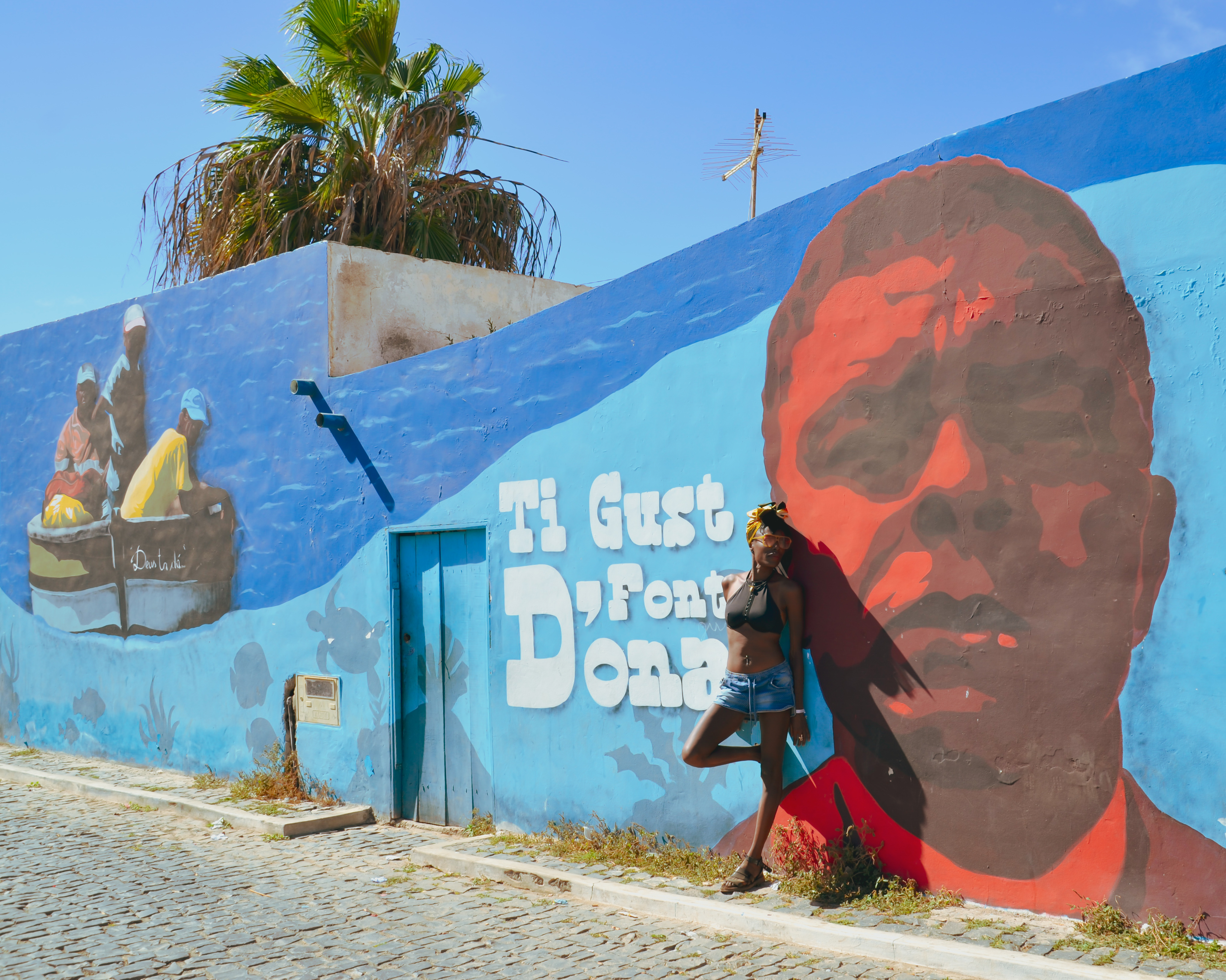
What do I think?
Sal is a beach holiday – tropical beaches, rustling palm trees, serene blue seas and a load of tourists, most of who stay within the confines of their resort. TUI has a big hand in this touristy island providing charter flights and package holidays to a coastline of exceptional beaches with countless resorts but few attractions beyond the shoreline. The thought of a week of this pained me as that’s not really my thing.
Package tourism has led to the further development of the island, and as someone living there said, it wouldn’t surprise her if, in a few years, it was like Lanzarote. While I hope not, I get what they mean.
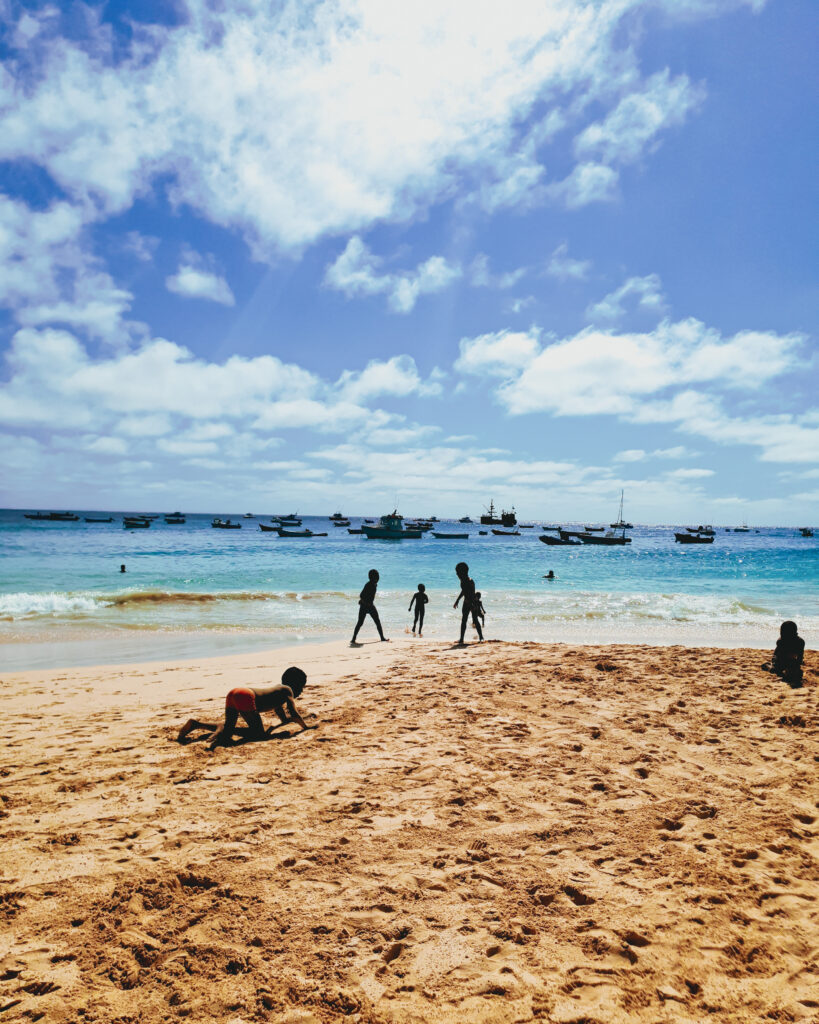
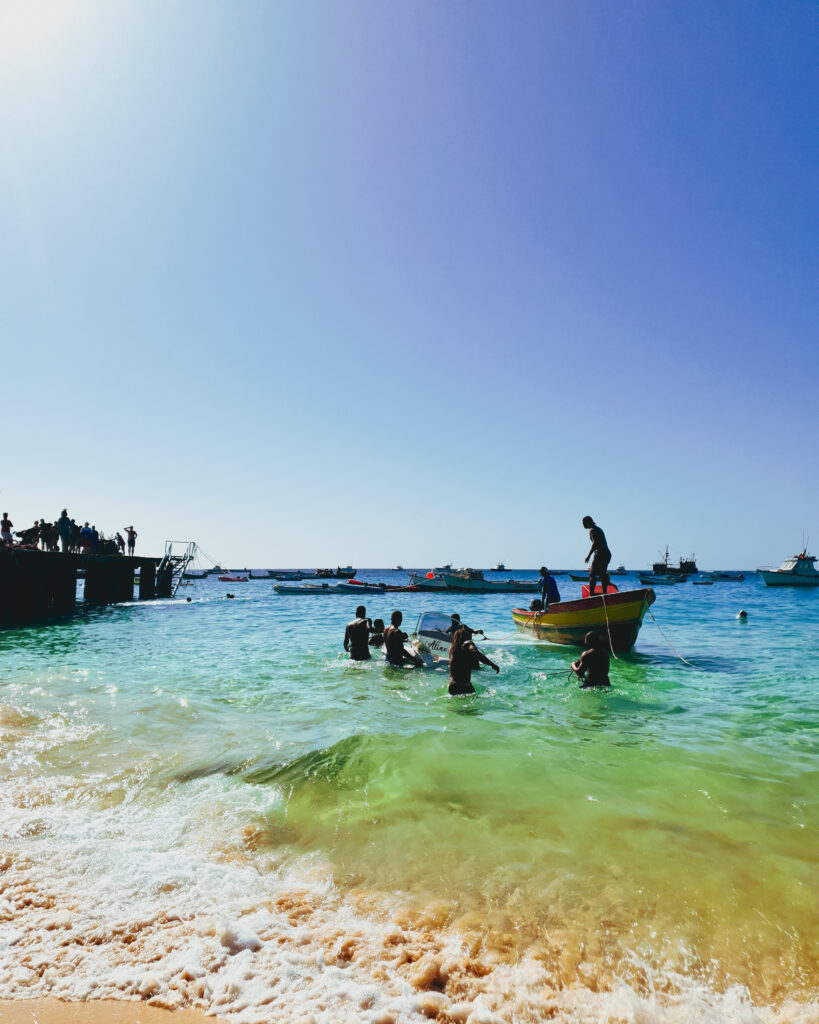
Additionally, I saw very few black vacationists in Sal to the point that both myself and a black male solo traveller I spoke to felt that on the resorts, we were often looked upon by some other tourists as “The Help”.
Sal is best enjoyed by getting out there and having an immersive experience. It’s perfectly safe to leave your resort and navigate the town alone. Though you may be approached by locals asking if you want to buy their handmade crafts, see their market stall or buy a tour, they are not pushy. As a solo female traveller, I felt safe and welcomed by locals, and they are one of the main reasons I enjoyed my stay so much.
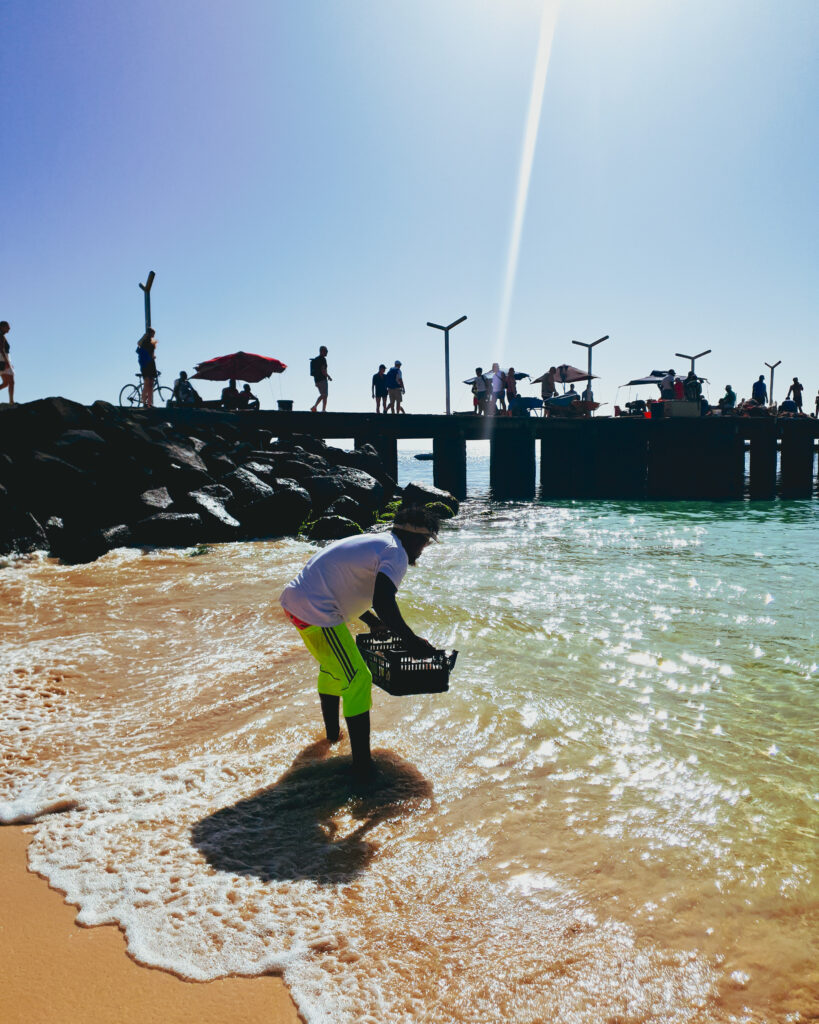
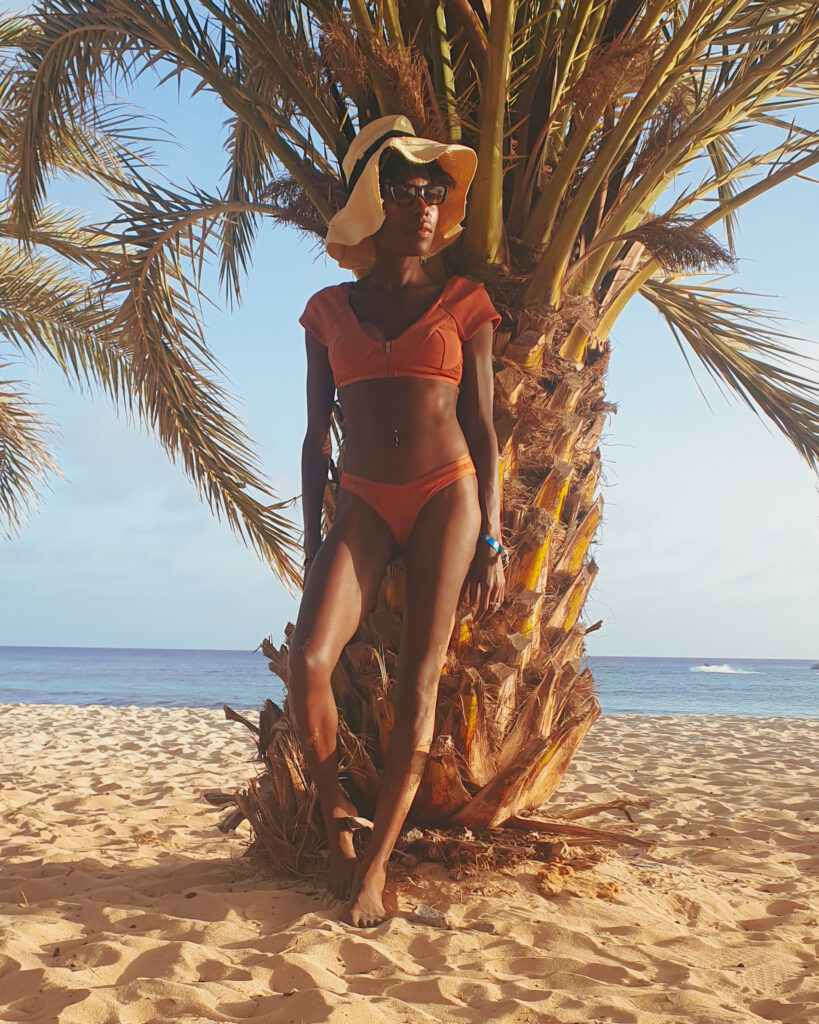
Sal’s charm lies not only in its beautiful beaches but also in its people and “no stress” lifestyle. The combination of my choice of accommodation, location, tours and interaction with locals made all the difference to my stay in Sal. It was a perfect balance of exploration and rest and exceeded expectations.
It’s an unusual place, and you have to look beyond the surface layer of commercialism to see its culture. It had me intrigued to know more about Cape Verde. If I had longer, I would have visited some of the less tourist-trodden islands (possibly São Vicente, San Antão and Santiago) and would like to return to do so. I have said for a while that I want to see more of Africa, and ironically visiting Sal has strengthened that yearning to do so.
Cabo Verde – Solo Female Travel – No stress!


